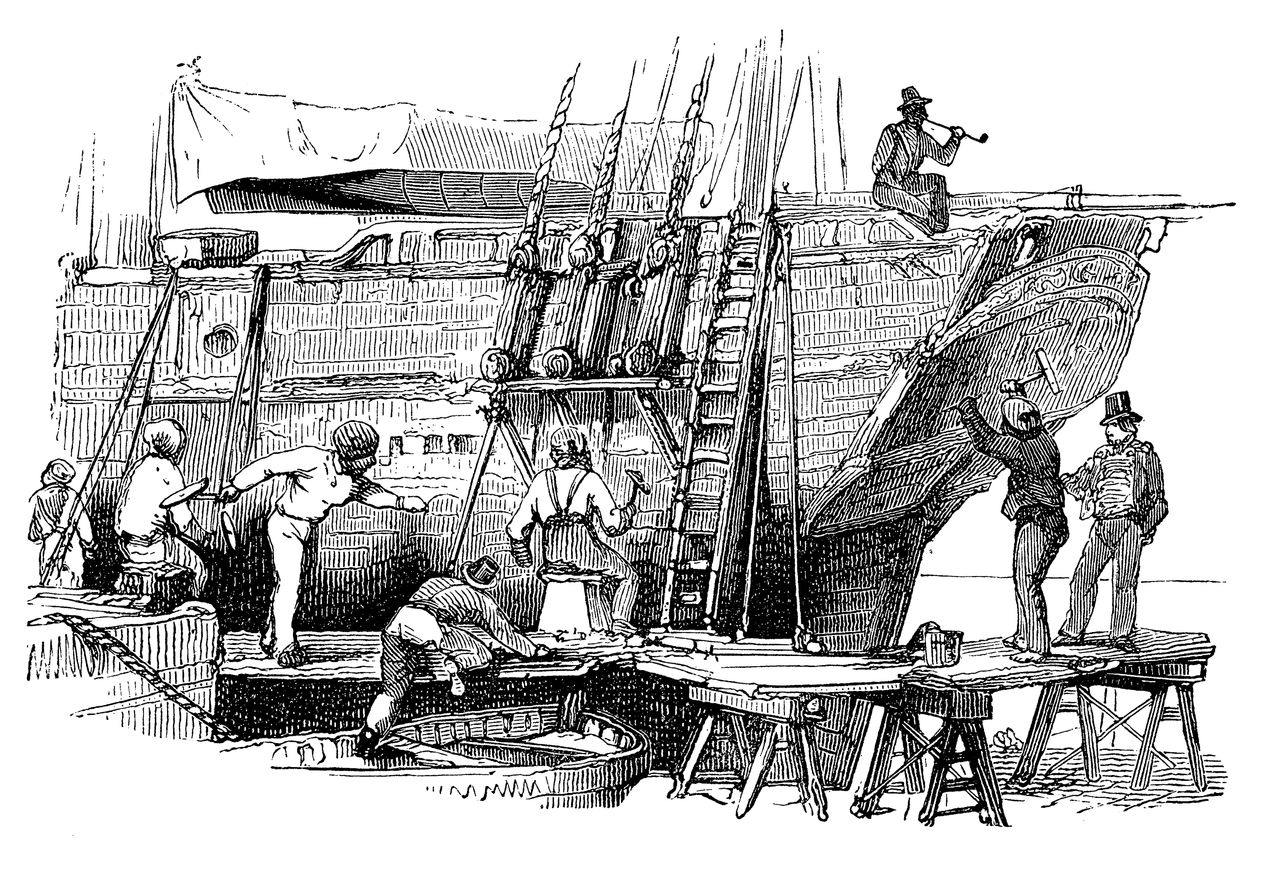There is a stigma a farmer faces socially, planting a field that fills with Marijuana looking plants. This possibly comes from the few generations before and their view on the “hippie movement”, or the lack of knowledge from community members who don’t understand the difference between the plant and the drug. It is with no doubt that this viewpoint will change over the next few years with the popularity and ever-expanding familiarity.
The history of the product in the United States goes all the way back to our founding fathers, as mentioned in a previous blog. Hemp arrived in the colonies with the Puritans; in fact, rarely ever was a British ship without hemp. The Puritans used the seeds for planting and growing hemp fiber, which was used for sails, and lines on the ships – as well as caulking. The use in maritime vessels was essential due to its resistance to decay and weathering.

As the colonies developed, hemp products became a part of the everyday economy. Production created cloth and canvas, sacks used to store other dry goods, cords and paper. The fiber was so vital during the Revolutionary war that it was considered a patriotic duty to grow it and Thomas Jefferson worked as a designer in crafting ways to improve the quality of the product and inventing new production riggings.
Farming of the product continually evolved throughout the United States, adding new harvesting equipment to ease manual labor, germinating seeds for highest quality, including steam-driven mills. Despite all the progression with the product it couldn’t compete with the advancement in synthetic fibers. By the end of World War 1, Kentucky and Wisconsin were the only States still in the market. In 1937 the federal government passed the Marijuana Tax Act, regulating the varieties of cannabis. This new law taxed farmers but didn’t halter much of the production.
During World War II the USDA created a “Hemp for Victory” campaign, helping to aid in products sent to the military overseas. This bumped the market briefly and the U.S. saw a new emergence of small agricultural bursts in the product; however, at the end of the war contracts were cancelled and many farmers were left high-and-dry by the government. In the late 1950’s the last few commercial hemp fields located in Wisconsin, stopped harvesting the product.
The Controlled Substances Act of 1970 deemed hemp as an illegal Schedule 1 drug. The strict regulations presented on the cultivation made farming the product impossible.
One thing history teaches us all is that if something isn’t working, follow its roots. The root of Hemp products in the U.S. runs deep within our soil. It was the government and synthetic products that brought the first downfall; however, hemp production is once again booming and in full swing production.
Farmers, contact us today at 866-253-6733 to learn more or to purchase our miracle hemp seed which lowers risks and costs while increasing profits for hemp farmers.

